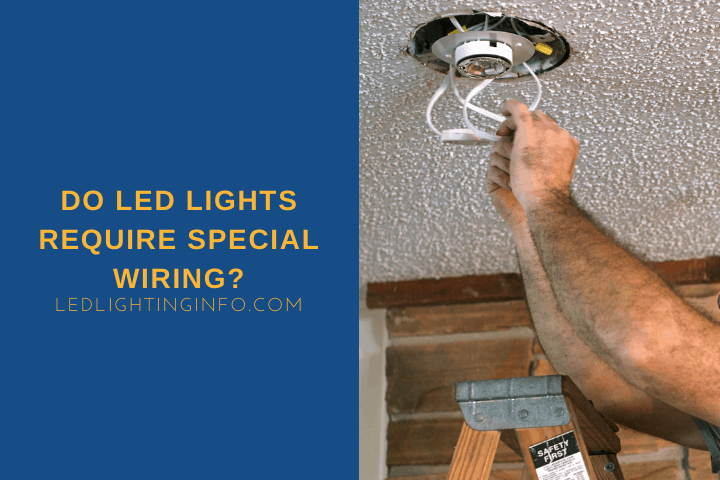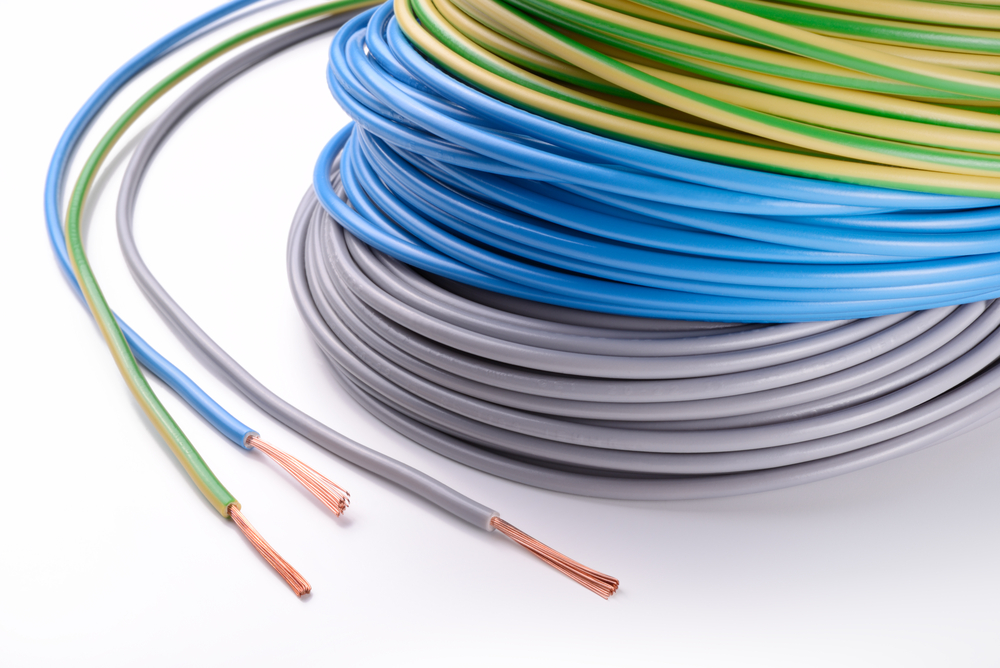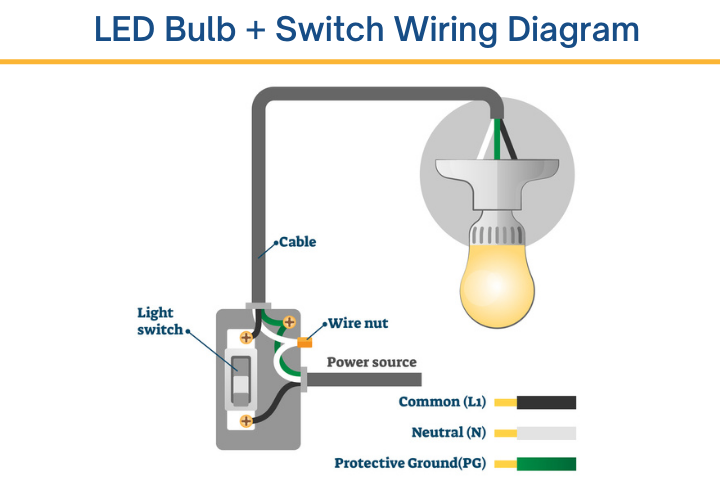When new technology is introduced to the world, big changes are usually needed for it to work.
But unlike 5G towers or electrical charging stations for cars, some tech works fine with existing infrastructure.
So, when wiring LED lights do you need to make drastic changes, or will your old wire connections do?
LED lights will work fine with old wiring – they don’t need special setups. They’ll work with any standard fixture, as long as it isn’t enclosed, which could cause heat damage. Poor-quality wiring can cause electrical interference, but this is easily solved with a suppressor.
In this article I’ll explain:
- Whether LEDs need special wires
- If LEDs need a neutral wire
- How to wire an LED fixture
- Whether LEDs need special switches
Do LED Lights Require Special Wiring?
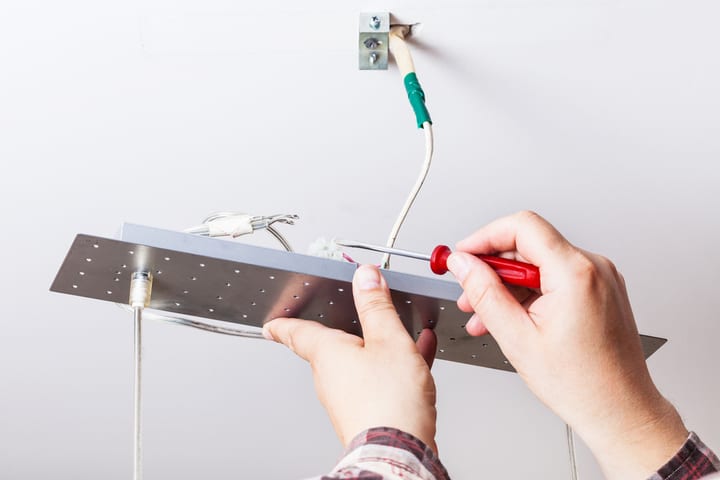
LED bulbs don’t need special wiring. They’re designed to work in standard light fixtures, and contain all the components needed to manage the current and make it suitable for LEDs.
While LEDs are a lot more advanced than older lights such as CFLs or incandescent bulbs, they don’t require a complete overhaul of your home’s wiring.
Broadly speaking, LED light bulbs rely on a circuit with live and neutral wires, the standard wiring of a light fixture in any home or average workplace environment.
As long as you buy the correlating bulb base, you simply swap the older bulb with the new one, and you’re done. Just make sure the power is off when you swap the bulbs.
Does Wiring Need To Be Shielded?
Cheaper LED lights can cause interference in your home if wires aren’t shielded. It’s uncommon, but LEDs can impact TVs, radios or nearby garage door operators. Shielding wires, or buying better-quality bulbs, will prevent this.
You can also buy a ferrite suppressor and attach it to the neutral wire, but it’s rare that LEDs cause these problems.
Do LED Lights Need A Neutral?
LED lights need to be connected to both live and neutral wires. Some older homes might only have a hot wire for the light switch but you’ll need to make sure a neutral is present where the fixture is to be installed.
It’s an important distinction, because there are older homes that would simplify cables by having no negative wire at the switch.
So you might assume you don’t need one for your fixture, and can leave the negative wire of the fixture as a loose wire when installing the light.
But without connecting the neutral, you don’t complete the circuit between the fixture and the power source, and the light won’t turn on.
Modern electrical installations are required to have a neutral in the switch box.
Do LED Lights Need To Be Grounded?
LEDs don’t always need to be grounded, and will work without the earth wire being attached. However, it’s always better to connect it when the wire is there – it’s safer, since it guarantees any short will be properly handled.
How To Wire A LED Light Fixture
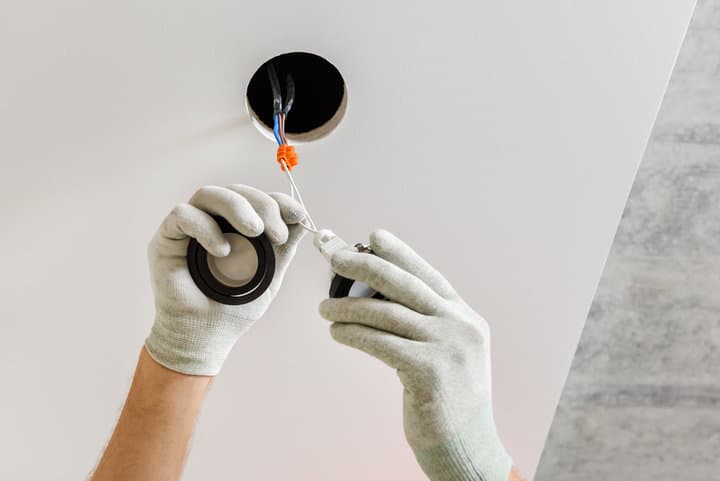
Here’s how to wire a fixture for a new LED light:
- Make sure the power is off before you start
- Connect the live (red or black wire) to the positive terminal/wire on the fixture
- For existing wires, twist the positive wire and live wire together, and secure with a wire nut
- For terminal, twist the end of the live wire together, insert it in the positive terminal, and screw it in place
- Connect the neutral white wire to the negative terminal/wire on the fixture following the same steps
- Connect the ground (green or bare copper) wire to the ground wire/terminal on the light fixture
It’s the same simple three wire-connection as any other fixture, so just follow these steps and your light will work correctly.
LED Light Fixture Wiring Diagram
Here’s a diagram to show you the wiring needed for an LED fixture with a basic switch:
Do You Need A Special Switch For LED Lights?
LED bulbs will work with any regular switch, but if you plan on using a dimmer switch then make sure both the switch and LED lighting are compatible.
A regular two-way or three-way switch doesn’t do anything particularly fancy – it just breaks the circuit when the switch is in the ‘off’ position. So there’s no problem using an LED bulb with one of these switches.
Dimmers are different – older dimmers mess with the power supply for the LEDs and can cause flickering or premature burn out of the bulbs.
Read my guide on LED dimmer compatibility to find out more.
Final Words
LED technology is great for saving money – bulbs are more efficient, safer to use, and longer-lasting.
The fact that they don’t need special wiring to install them is another bonus since you can enjoy these benefits without major electrical work. Old wiring won’t cause any issues.
But if your LED lights aren’t working, check out my top troubleshooting guide for steps to help you diagnose and fix the issue.
Looking for an LED bulb but not sure what type you need?
Check out my free bulb picker and select the right bulb within few clicks.

